Cells, Free Full-Text
Por um escritor misterioso
Last updated 28 maio 2024
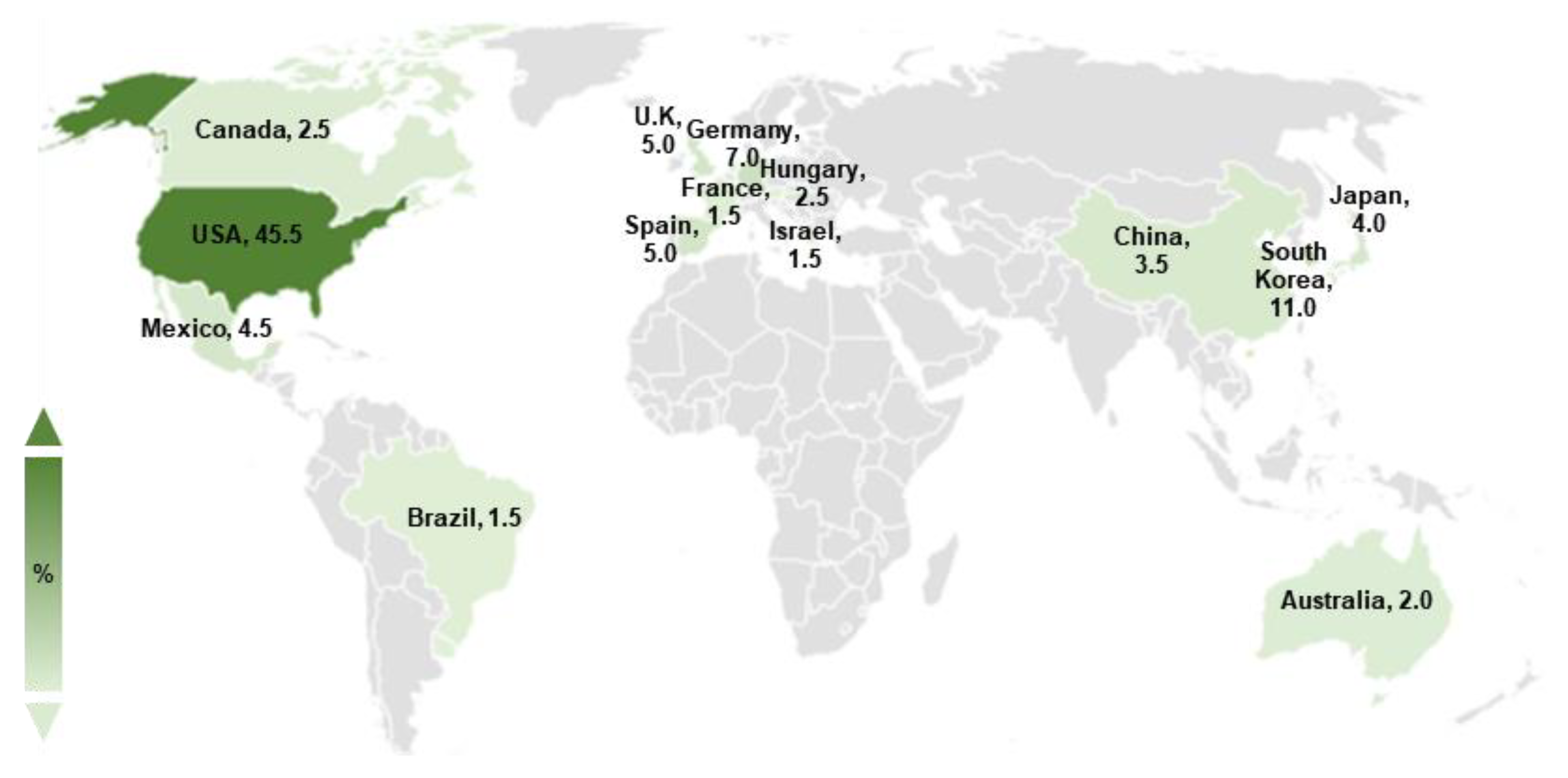
The genus Aspergillus, one of the most abundant airborne fungi, is classified into hundreds of species that affect humans, animals, and plants. Among these, Aspergillus nidulans, as a key model organism, has been extensively studied to understand the mechanisms governing growth and development, physiology, and gene regulation in fungi. A. nidulans primarily reproduces by forming millions of asexual spores known as conidia. The asexual life cycle of A. nidulans can be simply divided into growth and asexual development (conidiation). After a certain period of vegetative growth, some vegetative cells (hyphae) develop into specialized asexual structures called conidiophores. Each A. nidulans conidiophore is composed of a foot cell, stalk, vesicle, metulae, phialides, and 12,000 conidia. This vegetative-to-developmental transition requires the activity of various regulators including FLB proteins, BrlA, and AbaA. Asymmetric repetitive mitotic cell division of phialides results in the formation of immature conidia. Subsequent conidial maturation requires multiple regulators such as WetA, VosA, and VelB. Matured conidia maintain cellular integrity and long-term viability against various stresses and desiccation. Under appropriate conditions, the resting conidia germinate and form new colonies, and this process is governed by a myriad of regulators, such as CreA and SocA. To date, a plethora of regulators for each asexual developmental stage have been identified and investigated. This review summarizes our current understanding of the regulators of conidial formation, maturation, dormancy, and germination in A. nidulans.

Streptomyces cell-free systems for natural product discovery and engineering - ScienceDirect

Harnessing Extracellular Vesicles for Regenerative Therapy - Gowing Life
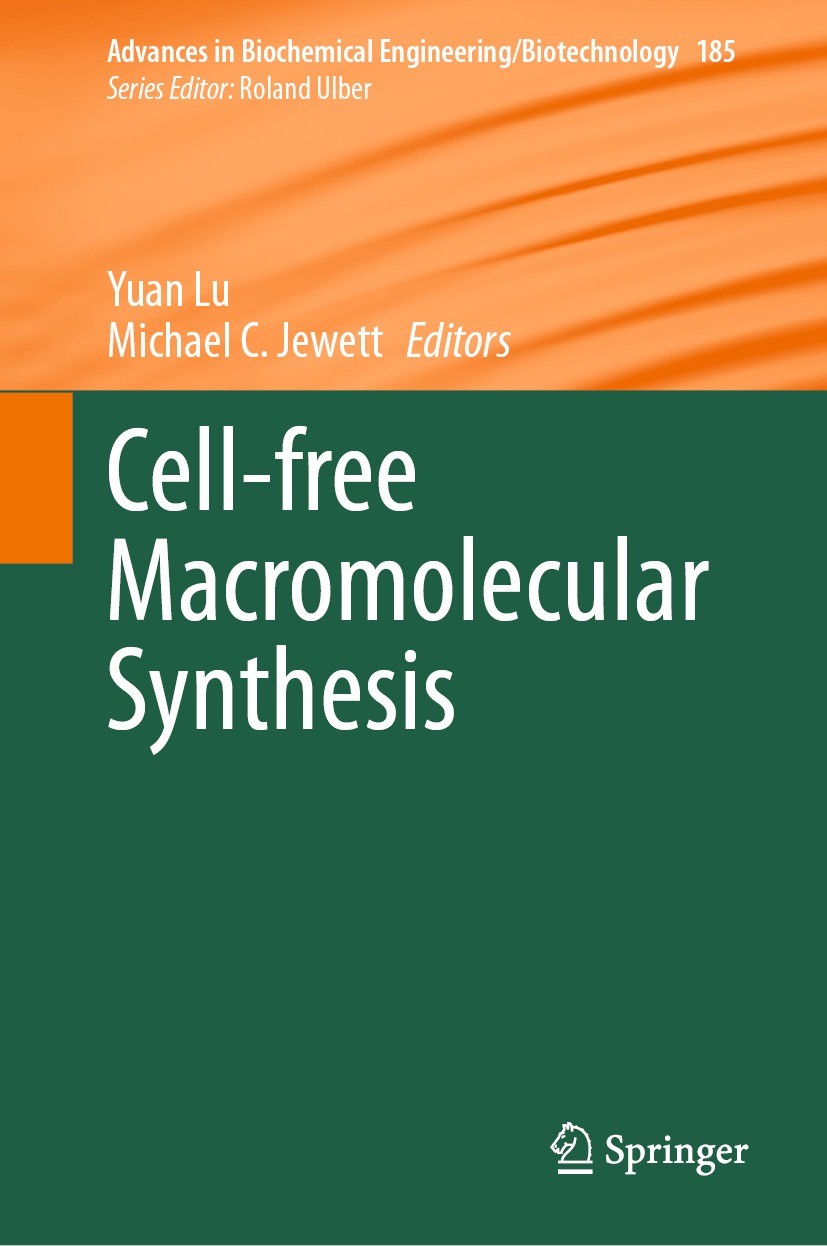
Cell-free Macromolecular Synthesis

Cells, Free Full-Text
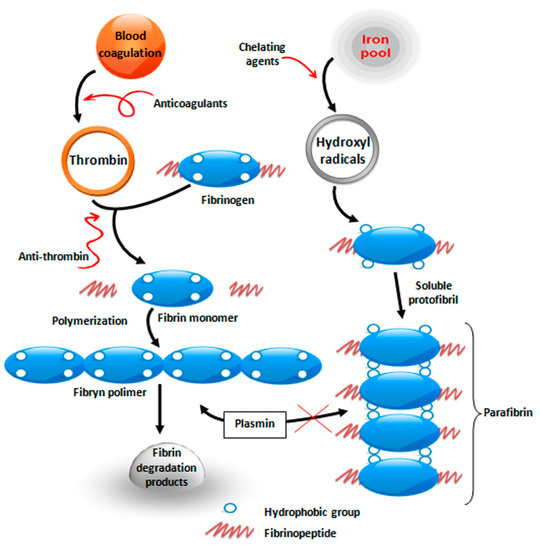
Polimer Program Get File - Colaboratory
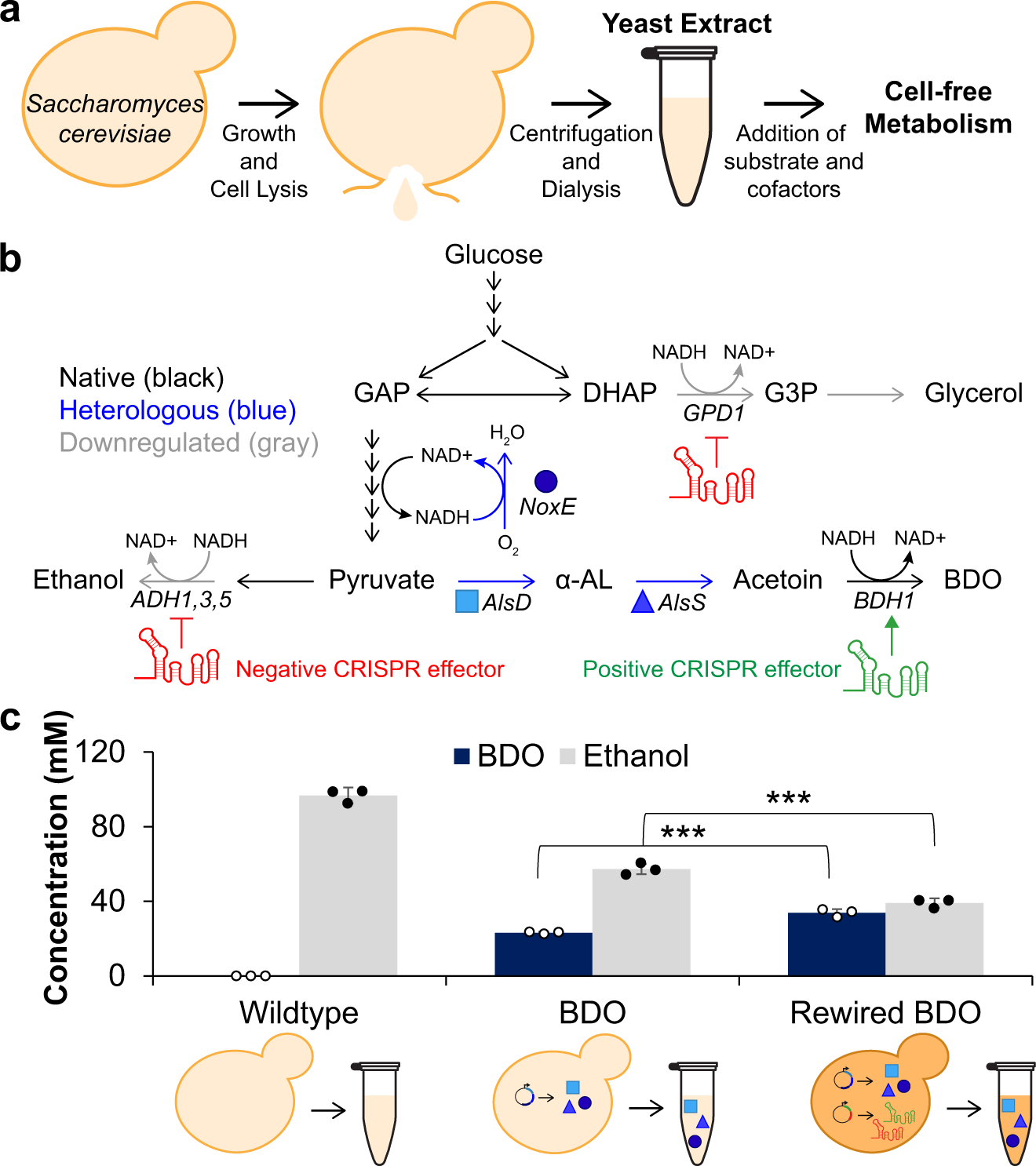
An integrated in vivo/in vitro framework to enhance cell-free biosynthesis with metabolically rewired yeast extracts
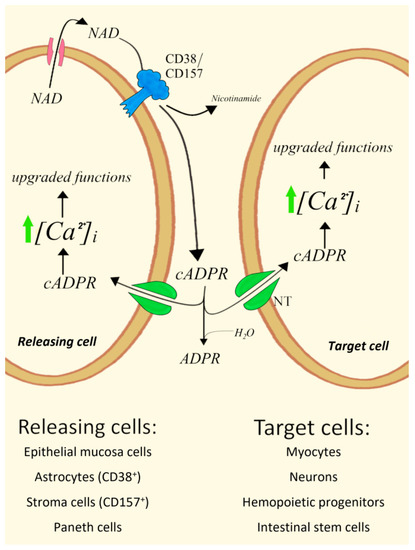
Nt Novo Cella Get File - Colaboratory

PDF) Protein structural biology using cell-free platform from wheat germ

Sequencing of Circulating Cell-free DNA during Pregnancy
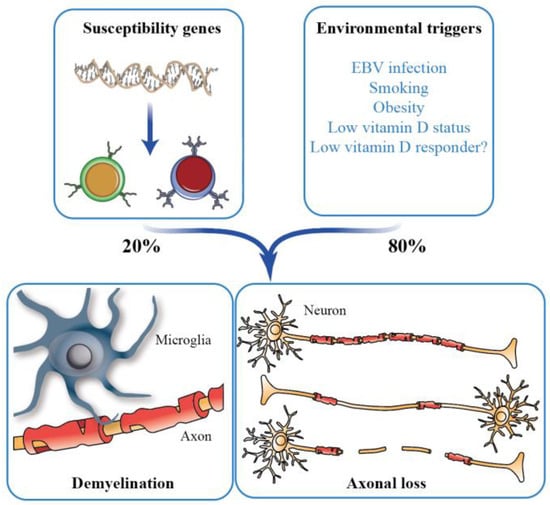
Oreilly Essential System Administration 3Rd Edition Aug 2002 Rar - Colaboratory

Rapid cell-free forward engineering of novel genetic ring oscillators

Advancing synthetic biology through cell-free protein synthesis - ScienceDirect
Recomendado para você
-
 luffy rebaixado careca Luffy, Tatuagem de escorpião28 maio 2024
luffy rebaixado careca Luffy, Tatuagem de escorpião28 maio 2024 -
 muro ☝️👁️ on X: luffy careca / X28 maio 2024
muro ☝️👁️ on X: luffy careca / X28 maio 2024 -
 One Piece Todos arcos que a 1ª temporada da série da Netflix adapta28 maio 2024
One Piece Todos arcos que a 1ª temporada da série da Netflix adapta28 maio 2024 -
olha o caminhar do elemento❤️ #onepunchman #saitama #genos28 maio 2024
-
 piczeto de jose :v (calvo) by CucoRRR on DeviantArt28 maio 2024
piczeto de jose :v (calvo) by CucoRRR on DeviantArt28 maio 2024 -
 Toshihiro Mori Projects Photos, videos, logos, illustrations and28 maio 2024
Toshihiro Mori Projects Photos, videos, logos, illustrations and28 maio 2024 -
 Tsume Art – The Little Things28 maio 2024
Tsume Art – The Little Things28 maio 2024 -
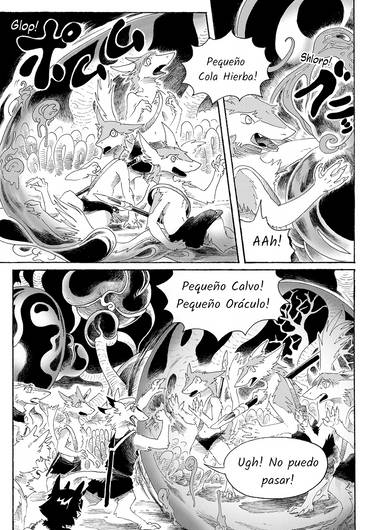 Explore the Best Pag82 Art28 maio 2024
Explore the Best Pag82 Art28 maio 2024 -
 Goku Luffy Naruto - Sweden28 maio 2024
Goku Luffy Naruto - Sweden28 maio 2024 -
 NireeTV - Twitch Stats, Analytics and Channel Overview28 maio 2024
NireeTV - Twitch Stats, Analytics and Channel Overview28 maio 2024
você pode gostar
-
Subway Surfers Runner hoursis28 maio 2024
-
 Aposte R$120 em futebol (ao vivo) neste final de semana e ganhe R$240 em freebet!28 maio 2024
Aposte R$120 em futebol (ao vivo) neste final de semana e ganhe R$240 em freebet!28 maio 2024 -
 Transformations, Pizza Tower Wiki28 maio 2024
Transformations, Pizza Tower Wiki28 maio 2024 -
 Dia dos namorados: Relembre romances dos RPGs - GameBlast28 maio 2024
Dia dos namorados: Relembre romances dos RPGs - GameBlast28 maio 2024 -
 Twitter is purging inactive accounts including people who have28 maio 2024
Twitter is purging inactive accounts including people who have28 maio 2024 -
 Jogo Sonic Mania Xbox One Sega em Promoção é no Buscapé28 maio 2024
Jogo Sonic Mania Xbox One Sega em Promoção é no Buscapé28 maio 2024 -
 Pokemon TCG: 2022 London World Championships Deck (Rikuto Ohashi, Ice – TBC Games28 maio 2024
Pokemon TCG: 2022 London World Championships Deck (Rikuto Ohashi, Ice – TBC Games28 maio 2024 -
 The World's Hardest Game - Walkthrough Level 528 maio 2024
The World's Hardest Game - Walkthrough Level 528 maio 2024 -
Meme +62 - Gak good looking28 maio 2024
-
 Supreme x Spyra Two : r/Supreme28 maio 2024
Supreme x Spyra Two : r/Supreme28 maio 2024

